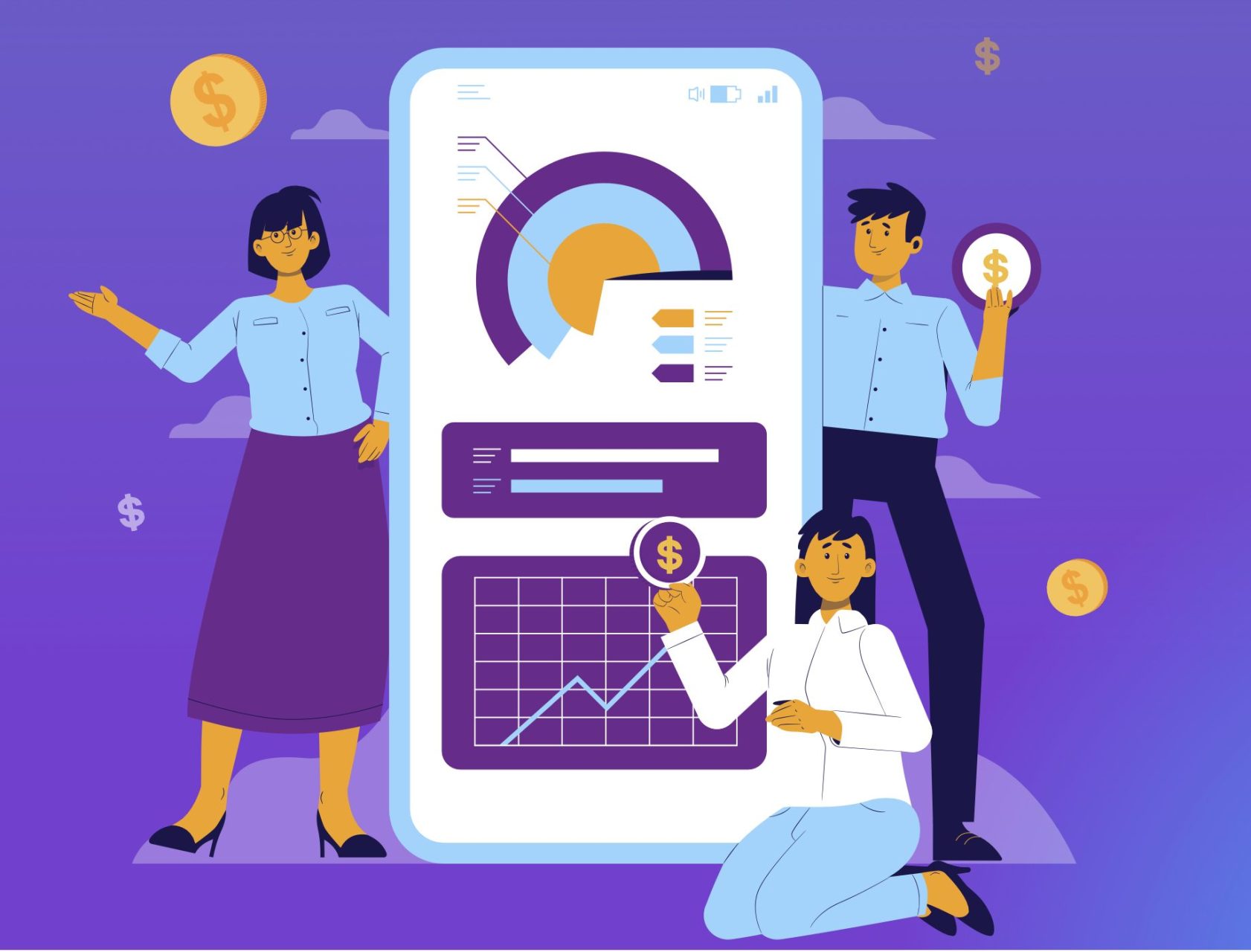The University of XYZ is a large public research university with over 40,000 students and a diverse range of academic programs. Like many higher education institutions, the University of XYZ struggled with managing its Accounts Payable (AP) process, which was heavily reliant on paper invoices and manual data entry. This led to a high rate of errors, long invoice processing times, and a lack of visibility into key AP performance metrics.
To address these challenges, the University of XYZ decided to implement an AP automation system. The system included features such as electronic invoice capture, automated data entry, and electronic routing and approval. Additionally, the system also included pre-built dashboards that provided real-time visibility into key AP performance metrics, such as invoice processing time, payment backlog, and discounts captured.
One of the key benefits of the system was that it greatly reduced the number of paper invoices that needed to be manually entered into the system. Instead, suppliers could now upload their invoices electronically, which helped to streamline the invoice processing and approval process. Additionally, the system also included a supplier self-service portal, which allowed suppliers to access their invoice history, view payment status, and manage their contact and banking information.
As a result of implementing the AP automation system, the University of XYZ was able to achieve significant improvements in its AP process, including:
- A reduction in invoice processing time from an average of 15 days to just 5 days.
- A reduction in the number of errors and exceptions, which led to a significant reduction in the number of calls and inquiries from suppliers.
- An increase in the number of early payment discounts captured, which helped to improve cash flow and reduce the cost of borrowing.
- Improved visibility into key AP performance metrics, which helped to identify and address areas for improvement.
Additionally, the system also included a feature of Line item match, that helped the University to match invoices with the corresponding purchase order or receiving document, and ensuring that they match in terms of quantity, price, and description. This helped to reduce the risk of errors and improve the efficiency of the AP process.
Overall, the implementation of the AP automation system helped the University of XYZ to significantly improve the efficiency and accuracy of its AP process, which led to cost savings and improved supplier relationships. Additionally, the advanced analytics capabilities helped the organization in decision making, budget planning and forecasting.




